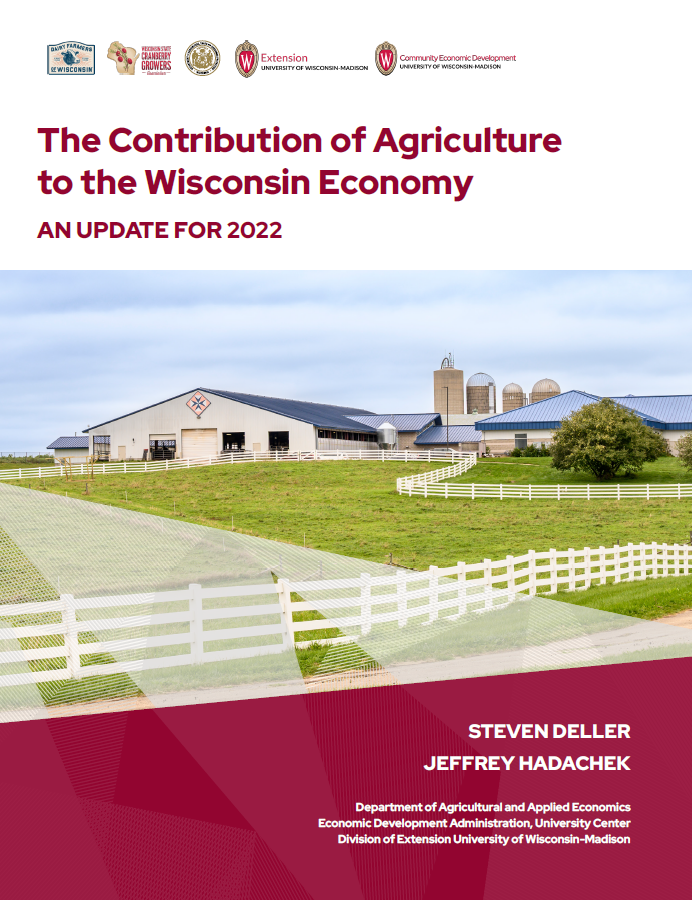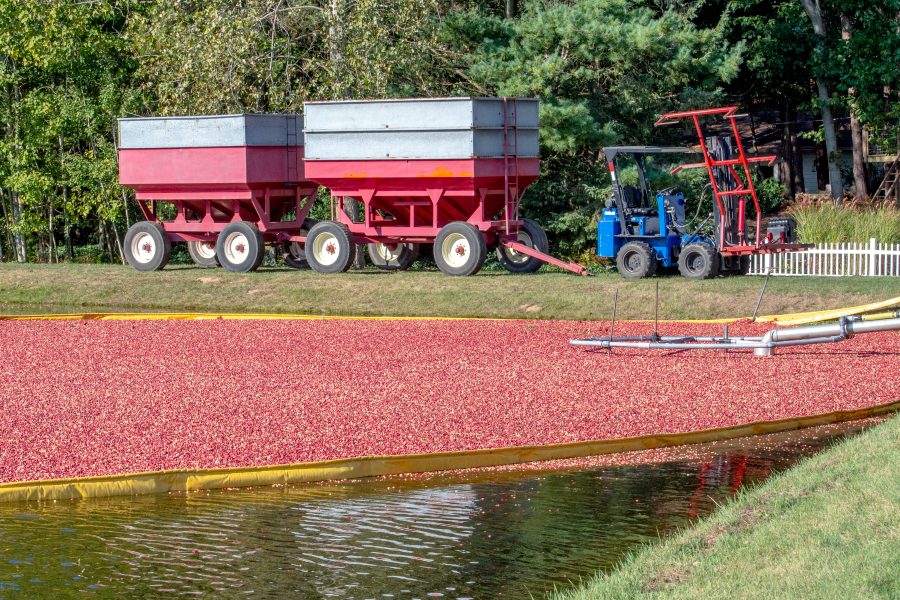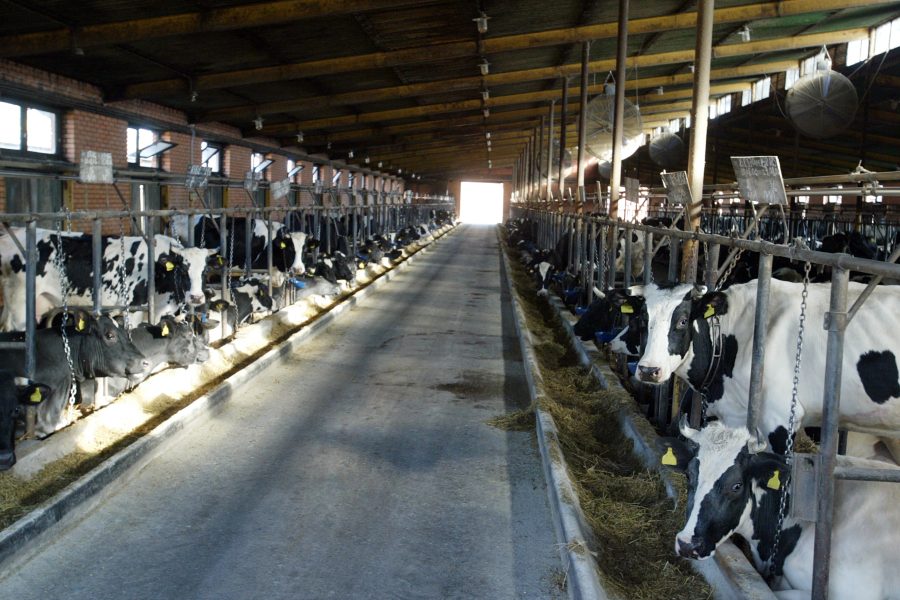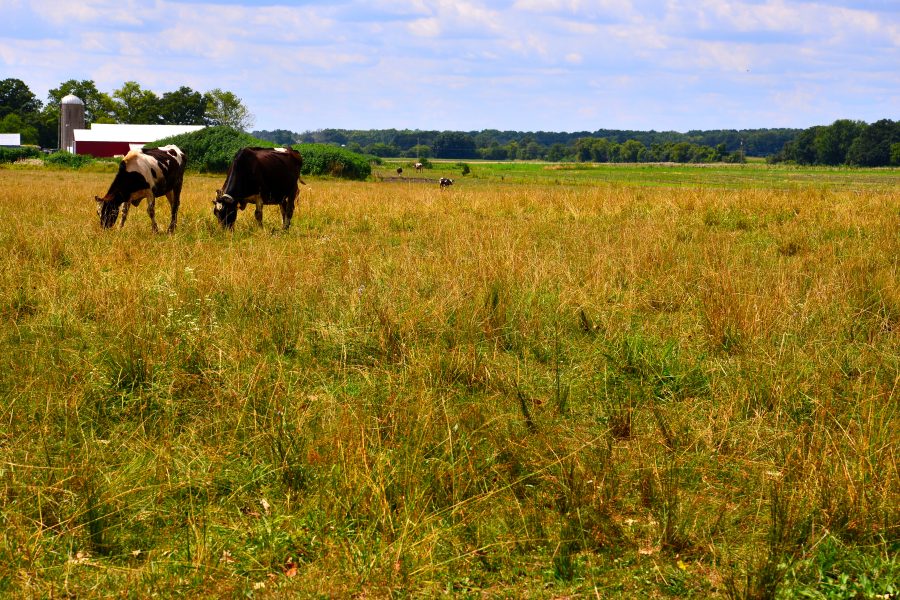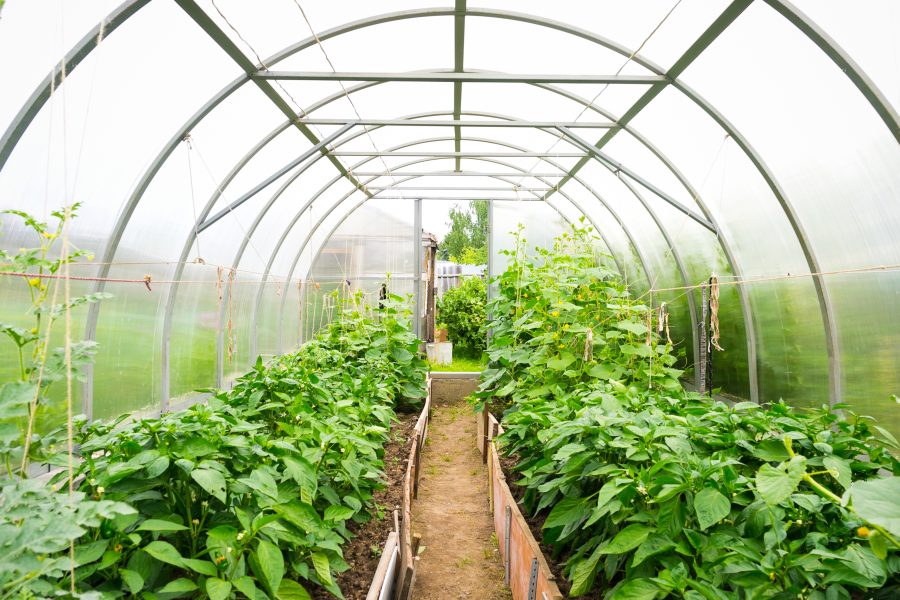The Contributions of Agriculture to the Wisconsin Economy:
An Update for 2024
Written by Steven Deller and Jeff Hadachek
This study provides an update on the Contribution of Agriculture to the Wisconsin Economy undertaken by Deller (2019) using data for 2022, the most current available. Despite the declining number of farms between 2017 and 2022 (from 64,793 in 2017 to 58,521 in 2022, see Hadachek and Deller 2024) there was an increase in the number of food processors (including beverage manufacturers) over the same period (1,160 in 2017 to 1,245 in 2021 (most current year available). Together, the Wisconsin agricultural production and food processing sectors contributed a combined $116.3 billion in industrial revenues in 2022 (14.3% of the state total), an increase of 10.9% from 2017. The contribution to employment, however, declined from 437,700jobs in 2017 to 353,900 jobs in 2022, a decline of 19.1%. Labor income (wages, salaries, and proprietor income)decreased by 5.5% going from $22.5 billion in 2017 to $21.2 billion in 2022. There was a modest increase in total income (labor income plus all other sources of income), going from $37.6 billion in 2017 to $37.78 billion in 2022.
- “All agriculture”, combined on-farm and food processing, contributes $116.3 billion (14.3% of the state total) to industrial sales or revenues, 353,900 jobs (9.5% of the state total), $21.2 billion to labor income (8.7%), and $37.8 billion (9.4%) to total income.
- On-farm activity contributes $30.5 billion to industrial revenue (3.7% of the state total), 143,690 jobs(3.9%), $6.4 billion to labor income (2.6%), and $13.7 billion to total income (3.4%).
- Food processing, including beverages, contributes $107 billion to industrial revenues (13.1% of state total), 298,400 jobs (8.1%), $18.7 billion to labor income (7.7%), and $32.4 billion to total income (8.1%).
- Dairy, both on-farm and processing (which is dominated by cheese production), contributes $52.8billion to total industrial revenues or sales (6.5% of state total), 120,700 jobs (3.3%), $7.9 billion in labor income (3.2%) and $13.7 billion in total income (3.4%). It is important to note that dairy processing accounts for much of the contribution of dairy.
- “All agriculture” in Wisconsin contributes 17 million metric tons of CO2 equivalent (MMTCO2eq) in greenhouse gas emissions or 14% of statewide emissions. Approximately 7 MMTCO2eq are associated with dairy production in the state.
